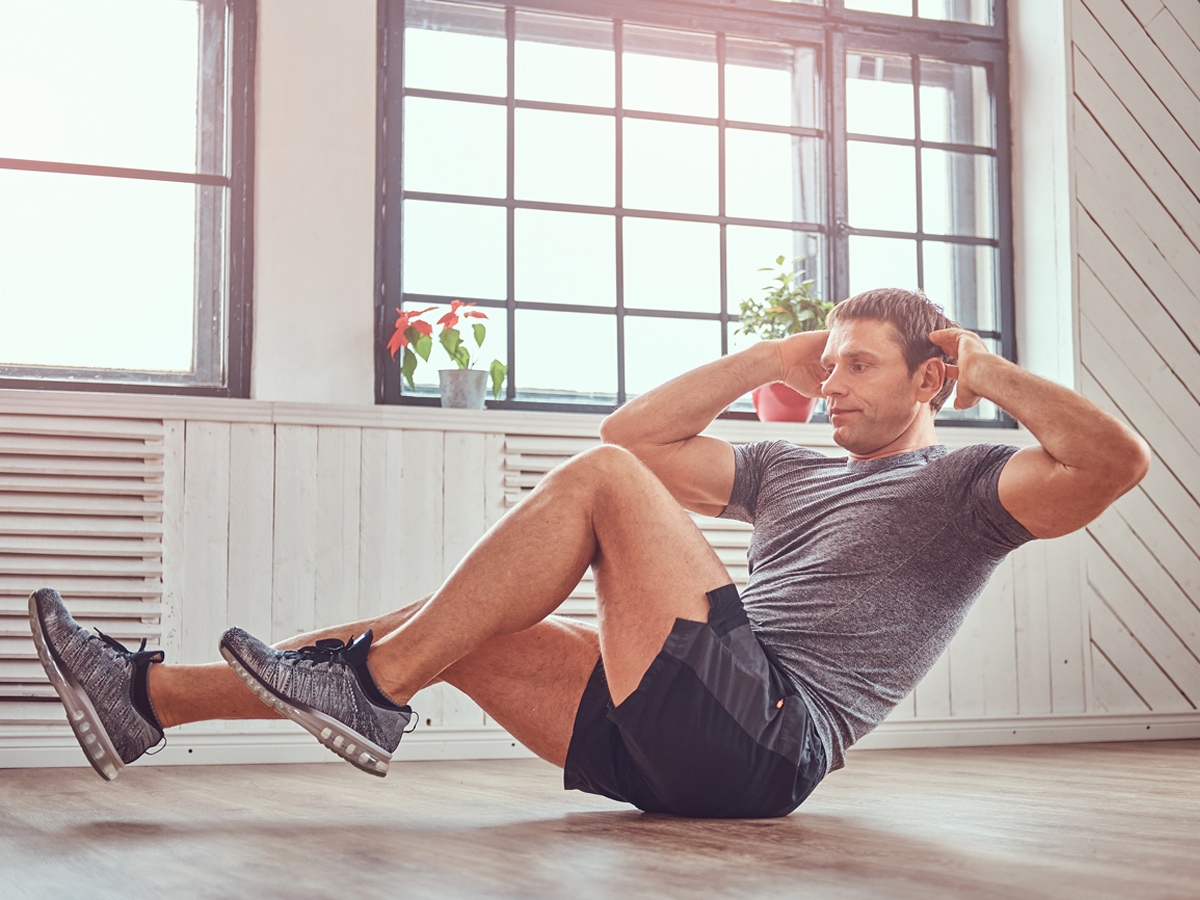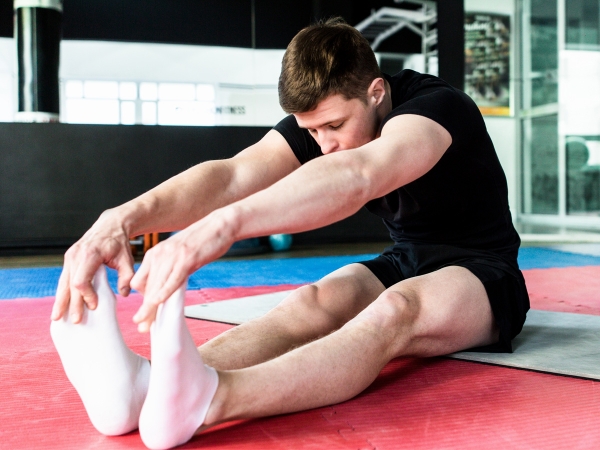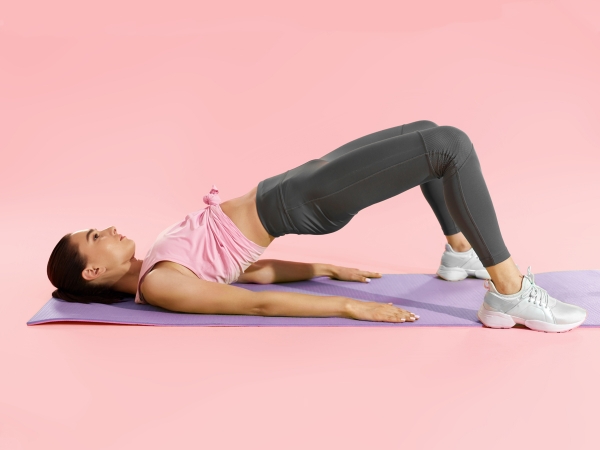Watch out for bad fitness advice

Experts warn against health myths, bad fitness advice often originating from health websites and social media that draw from nothing but hearsay. Rıdvan Aktan, Lecturer at Physiotherapy Program, Vocational School of Health Services, Izmir University of Economics (IUE) warned those, who try out different exercises at a time in which people are less active because of self-quarantine at home due to coronavirus. Reminding that sudden and excessive stretching and strengthening exercises may result in muscle or joint injuries, Aktan said, “People should avoid trying hearsay exercises they saw on social media or internet, or they heard from others without consulting an expert first.”
Expert Physiotherapist Rıdvan Aktan reported that at-home exercises were very important in order to minimize the negative impact of sedentary lifestyle on physical health, maintain heart health and muscle strength and flexibility. Aktan also stated that exercising life quality by helping cope with stress, increasing sleeping quality, decreasing risks for diseases, helping concentrate better and feel more vigorous and energetic.
BE ACTIVE, STAY HEALTHY AT HOME
Aktan reported that the World Health Organization recommended adults to engage in simple and fun physical activities for at least 30 minutes a day, and children for at last one hour. Aktan made the following at-home exercise recommendations: “Start with warm-up exercises before you begin your workout. Standing on your feet, stretch your arms out in front, sideways, up and down 10 times. Next, put your hands on your waist, and bend towards your right and to your left by counting to 5. Repeat it 10 times for both sides. Lie flat on your back, bent your knees, and place your hands behind your back as if you are doing sit-ups. Lift your upper body off of the ground and reach your left elbow to your right knee, wait for 3-5 seconds and lie flat. Then reach your right elbow to your left knee and wait for 3-5 seconds and lie flat. As you are lying flat on your back, bent your knees, keep feet on the floor, slowly raise your hips so your lower back is off the floor. Squeeze your buttocks together for 10 seconds and relax. Slowly return to the starting position. Repeat this exercise for 10 times.”
EXERCISE 2 HOURS AFTER EATING
Aktan continued as: “Stand on your hands and tiptoes. Count to 10 as you tense your hips and knees. Try to increase this each time you exercise. Next, stand with your feet slightly wider than your hips. Put your arms straight out in front of you, parallel to the ground. As you squat down, focus on keeping your knees in line with your feet. Stay in this position for 3-5 seconds and repeat it for 10 times. As you stand on your feet, start jogging in place. Do it for 10 minutes, alternating 1 minute slowly and 2 minutes quickly. Do these exercises slowly and controllably. Remember to exhale fully through your mouth as you do the moves and inhale quietly through your nose as you relax. Sudden movements are always risky. If you don’t exercise regularly, start with 10-minute repetitions, and slowly increase the time as you get familiar. Exercising on an empty stomach is not advised as it might decrease blood sugar levels. The best time to exercise is 2 hours after eating.”
PEOPLE WITH CHRONIC HEALTH CONDITION SHOULD CONSULT A PHYSICIAN
Aktan pointed out that the benefits of doing exercises on health were proven by many scientific researches. “People can exercise at any age but there are different types of workouts for every age. An exercise program should be customized since everyone will have different health status and needs. Compelling exercises in advanced ages may even cause bone fractures. People with chronic health conditions such as coronary, lung diseases, and diabetes should consult a physician before they start exercising. Doing the right kind of exercise and doing it safely, regardless of the age, has positive impact on health. We should remember that exercising wrong is as harmful as living a sedentary lifestyle.”


















